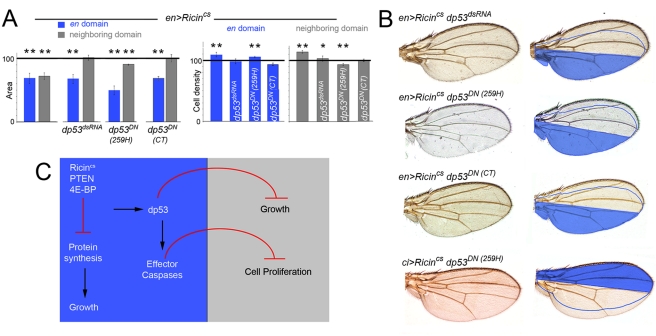Figure 5. dp53 mediates the coordination of growth between compartments.
(A) Histograms plotting the size and cell density values, normalized as a percent of the control GFP-expressing adult wing values, of the en domains (blue bars) expressing Ricincs alone or together with dp53dsRNA, dp53CT, or dp53259H and of the neighboring domains not expressing the transgene (gray bars). Error bars indicate standard deviation. Areas were strongly reduced in the transgene-expressing domains but only slightly decreased in the neighboring domains (see also Table S2). Cell densities were significantly changed in those bars labeled by asterisks (see also Table S3, * p<0.05 and ** p<0.01). (B) Cuticle preparations of adult wings expressing Ricincs together with dp53dsRNA, dp53CT, or dp53259H with the en-gal4 and ci-gal4 drivers. The domain of transgene expression is labeled in blue. The expected size of the neighboring domain to give rise to a well-proportioned adult wing is also depicted. (C) Targeted depletion of the insulin pathway or the protein biosynthetic machinery induces the activation of dp53 and the apoptotic machinery. While growth rates and cell cycle length are regulated in a coordinated and non-autonomous manner by the activity of dp53, effector caspases have a unique role, downstream of dp53, in reducing cell proliferation rates in adjacent cell populations.

